Hello fellow homesteaders and agriculturists,
Good morning and happy new day, I’ve got a good feeling about this week, especially here on Hive. It’s been a great space for learning and discovery, and honestly, I’ve been picking up a lot of useful knowledge that’s starting to shape my daily routine.
This morning, before jumping into my regular tasks, I decided to check on my bag of pepper seedlings. It’s been about three weeks since I last visited my little farmyard, so I just wanted to inspect things and see how they were holding up. Harvesting wasn’t even on my mind, but as it often happens with farming, I ended up doing a bit more than I planned. The garden had its own ideas.
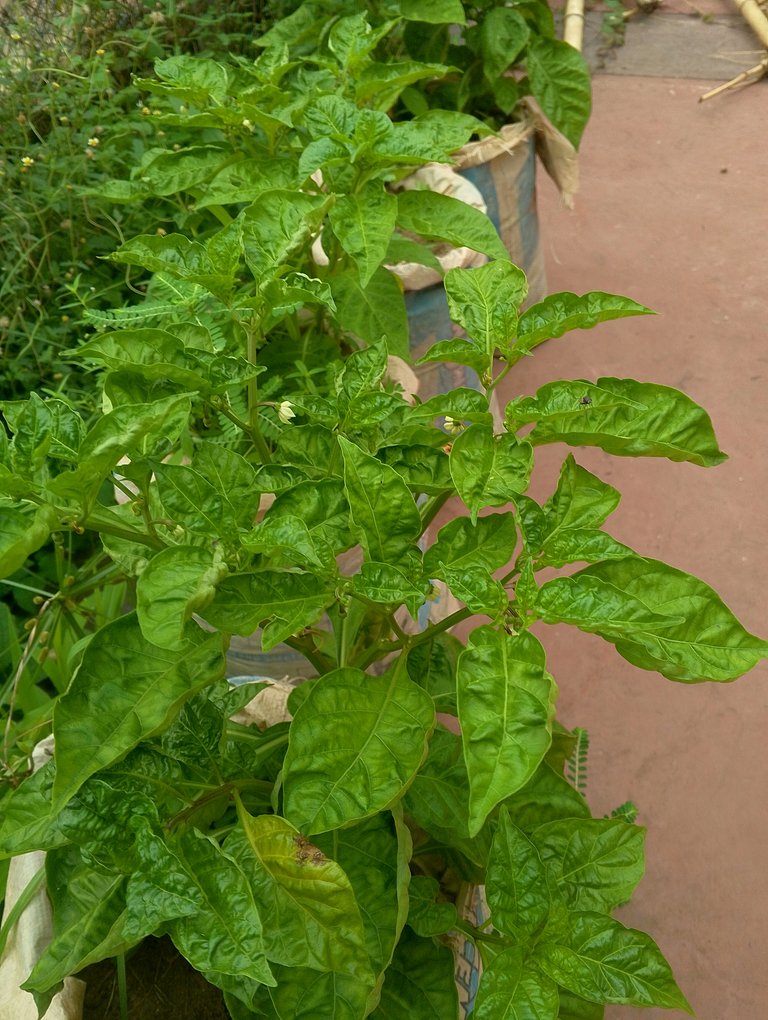
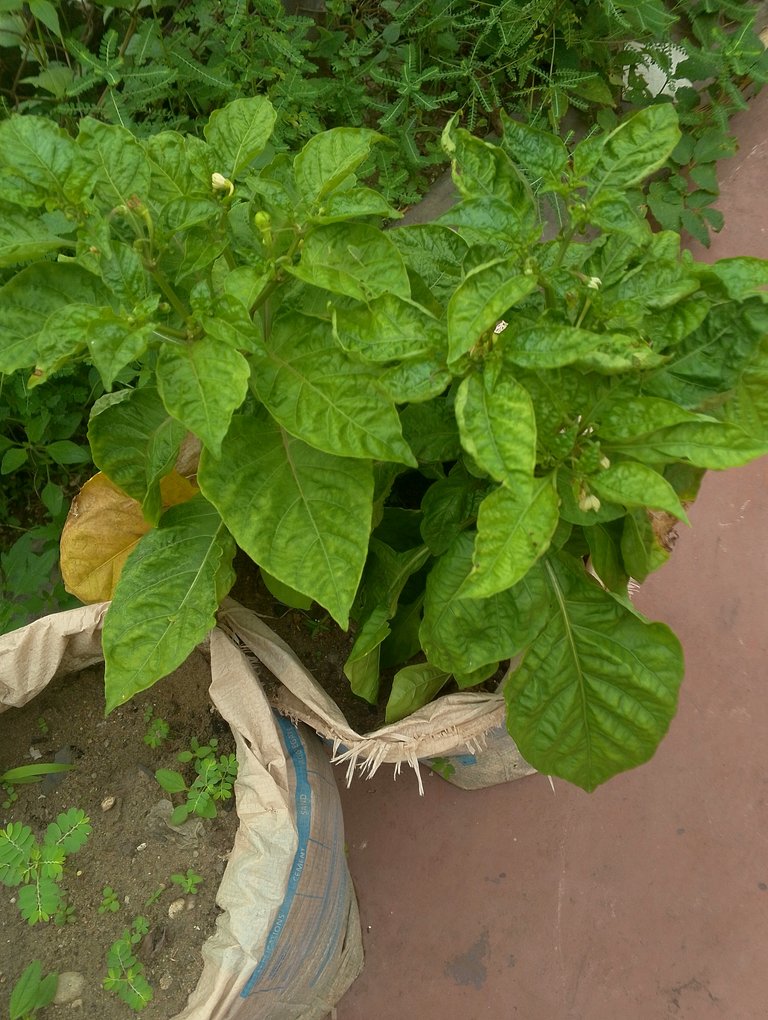
A few months ago, I picked up some fresh, spicy peppers from a local market, originally just for cooking. But after using a portion of them in my meals, I was impressed by how spicy and flavorful they were. I decided to plant a few. I split open two of the remaining peppers to extract the seeds, grabbed a bag of good loamy soil mixed with well-aged manure, and planted them.
My roommate was skeptical, he said the weather and soil here weren’t ideal and that peppers like these usually thrive in cooler, more humid environments. But I was determined. I found a spot under my water tank where droplets fall regularly, and I placed the bag there hoping the moisture would help with germination and growth.
Within a week, I saw signs of life small folded leaves pushing through the soil. I watched them closely, caring for them daily. Though I intended to transplant them later, I never found the time. Eventually, I went back to work when the strike ended, and for the past month, I hadn’t checked on them at all.
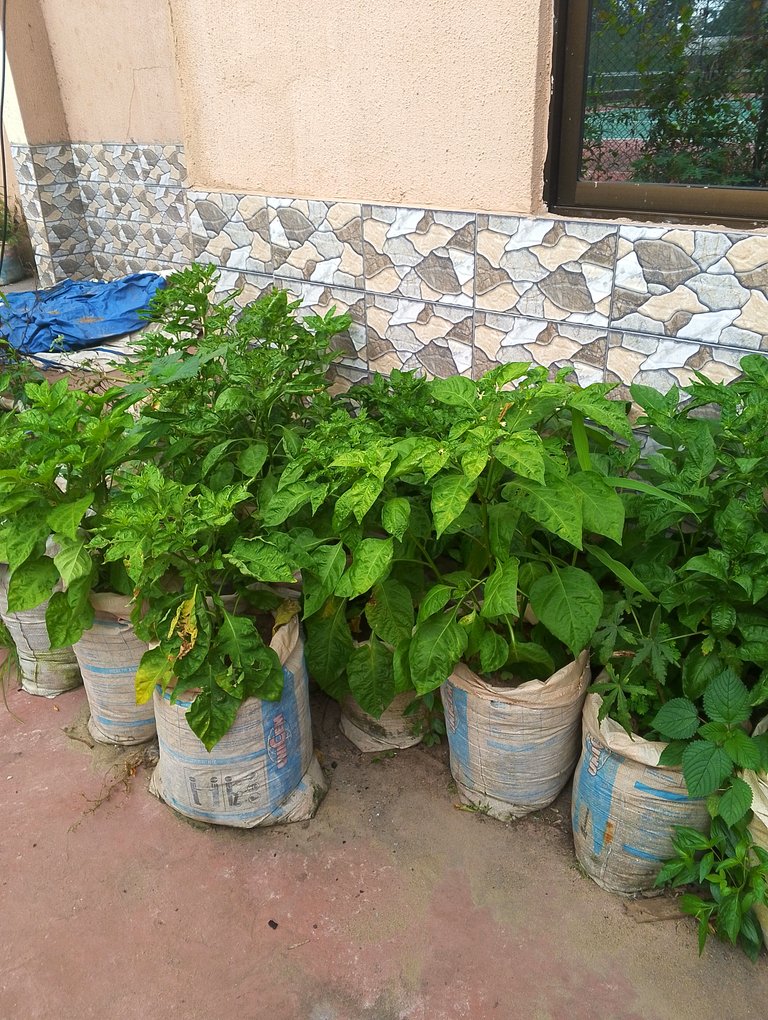
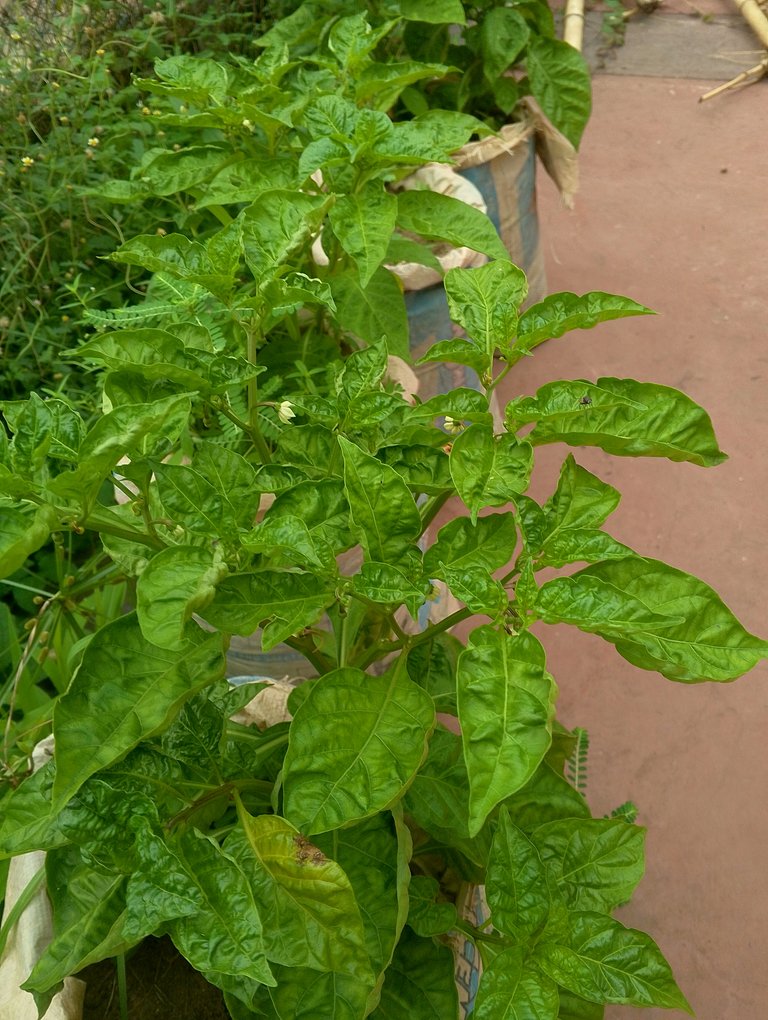
How to Grow a Giant Seed Pepper in Nigerian Soil
Growing this type of pepper is pretty straightforward if you follow a few simple steps. As I mentioned earlier, climate and soil conditions play a big role, but with a bit of creativity, you can still get great results.
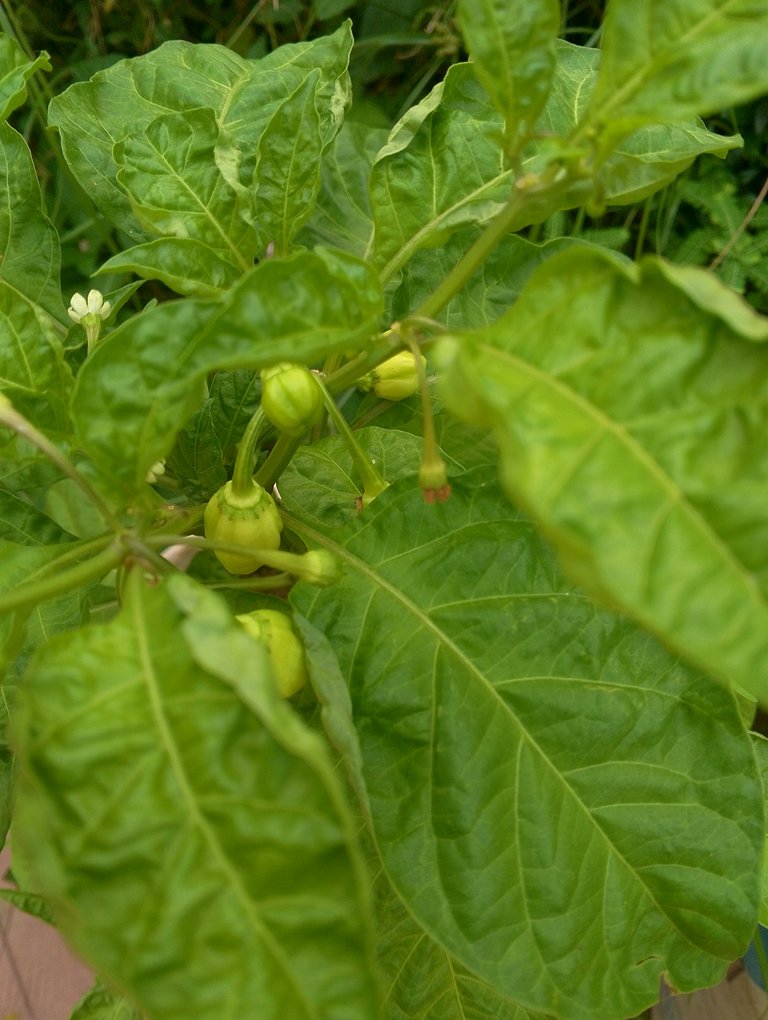

Once I moved the pepper bag from under the tank, I took it to a patch of fertile loamy soil. I added some animal waste such as goat or sheep droppings work great and mixed it into the soil. Instead of transplanting, I watered the soil directly in the bag and let it sit for two to three days so the manure could ferment and blend well.
During that waiting period, you can start removing the seeds from the dried peppers. To plant, use a small farm fork to make shallow holes, place two or three seeds in each, and cover them lightly with the manure-rich soil.
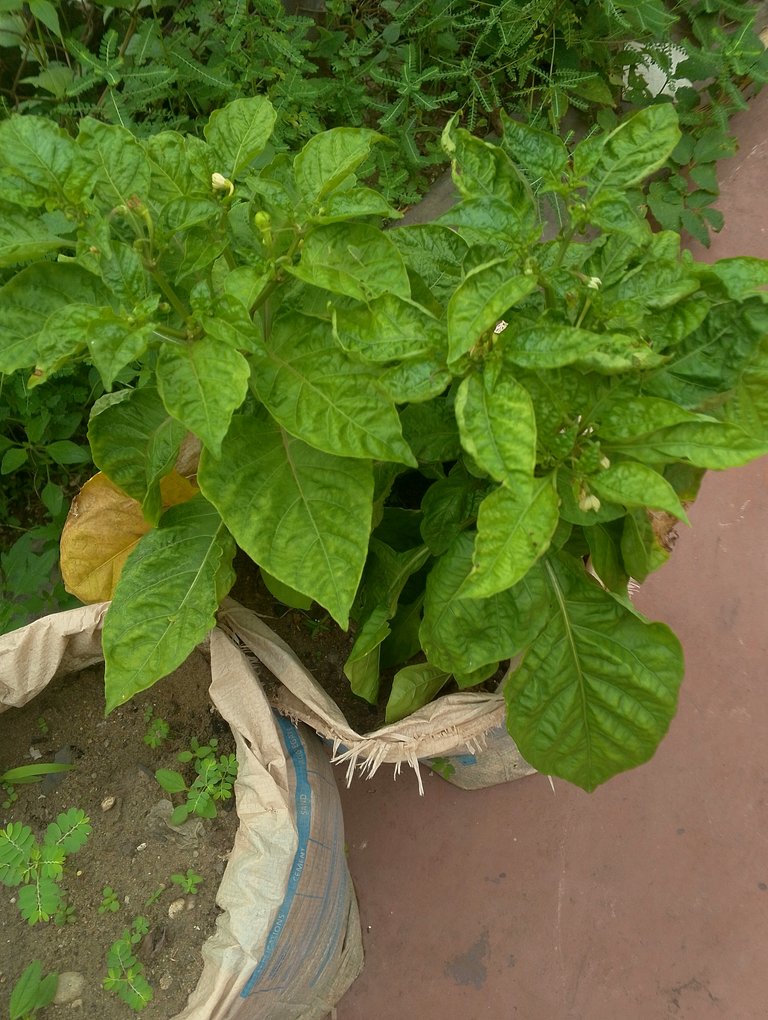
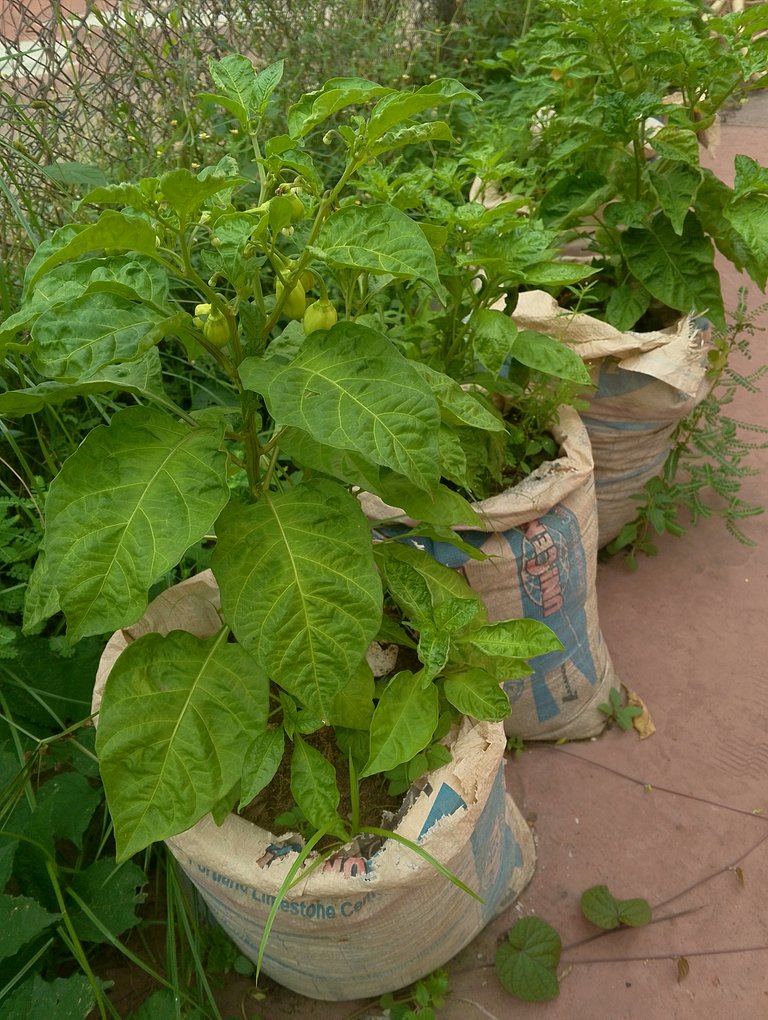
In about 3–5 days, you should see germination. These giant seed peppers grow surprisingly fast once they sprout.
WHY GROW GIANT SEED PEPPER?
This pepper is perfect for stews and sauces—it packs a punch similar to the Carolina Reaper or Bhut Jolokia chocolate pepper. It’s not just tasty, it’s hot!
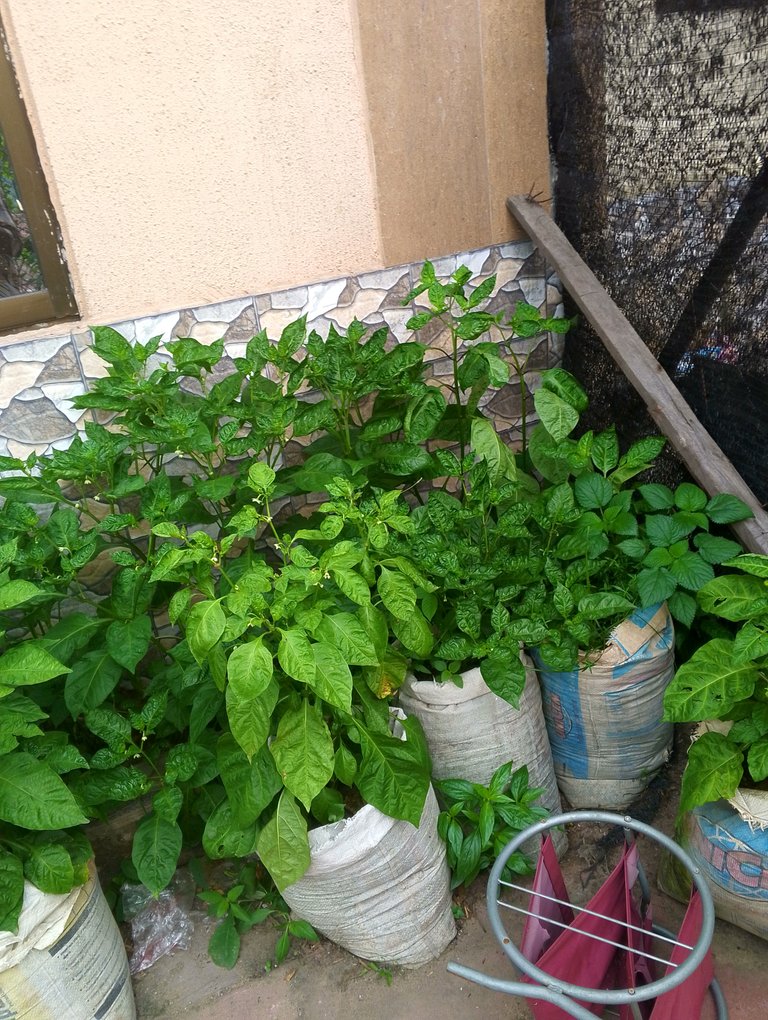
Some even say that regularly eating spicy peppers can help with blood pressure, cholesterol, and heart health. While I can’t speak scientifically, I’ve definitely noticed a difference in how I feel.
I want to take a moment to thank the moderators in this community this is my first time sharing what I’ve learned here, and I’m truly grateful for the platform.
Thanks for stopping by, Feel free to drop your thoughts, suggestions, or questions in the
Thanks for the support and I will continue using this blue app
Wow!
This is good.
This bag method is good. If I adopt this method now, my problem is still the chickens that play around
Brother used the pepper on the in a clean pot😂😂